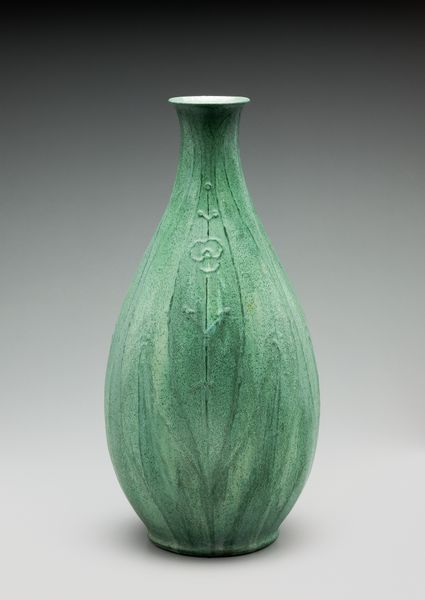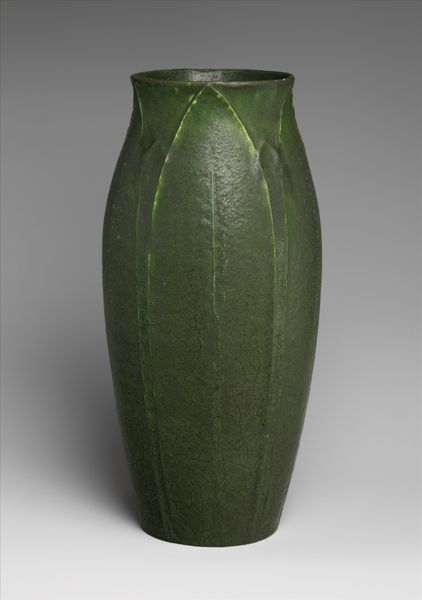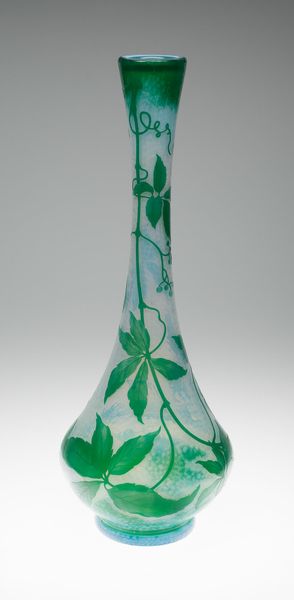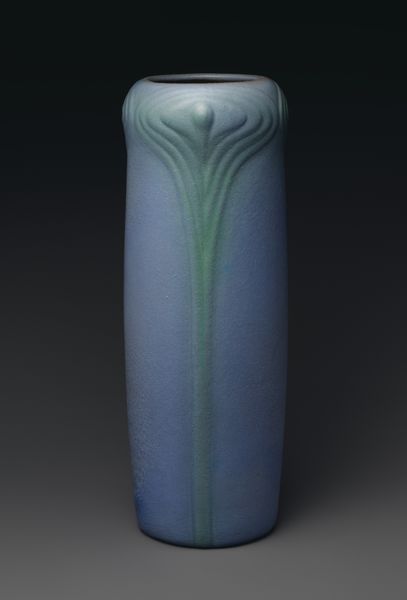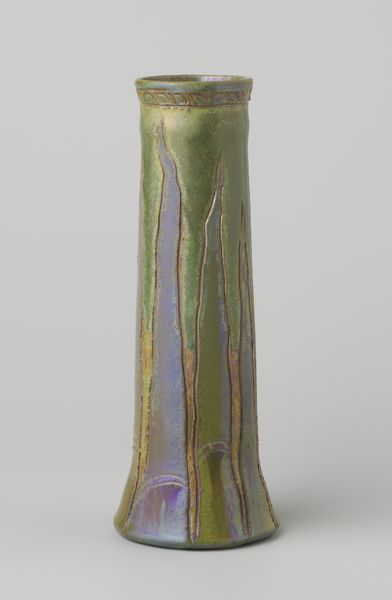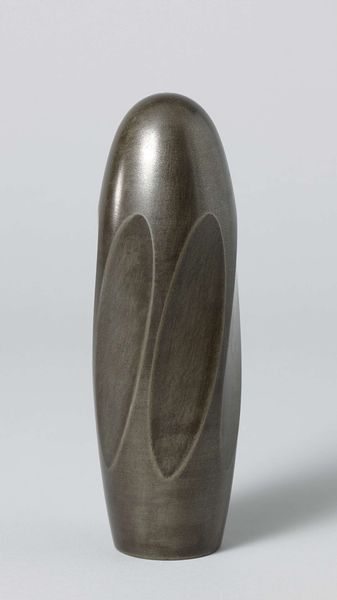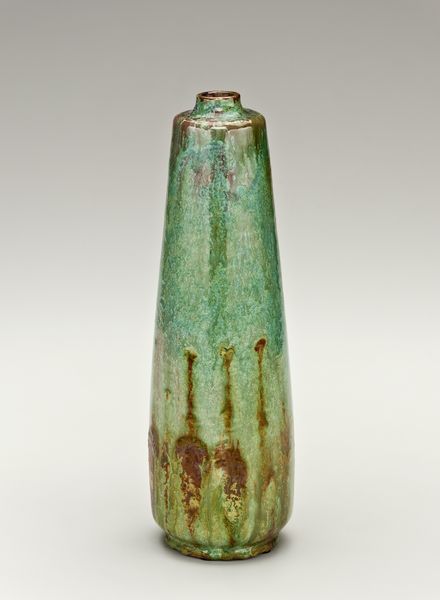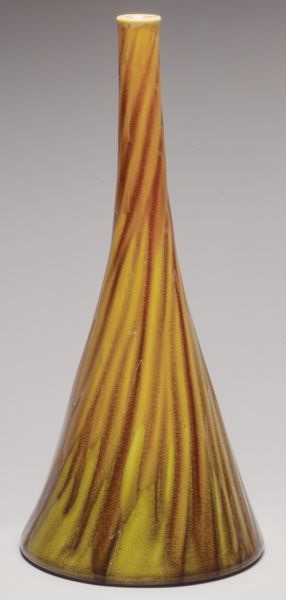
carving, sculpture
#
carving
#
form
#
sculpture
Dimensions: 13 x 4 x 1 in. (33.02 x 10.16 x 2.54 cm)
Copyright: Public Domain
Editor: Here we have what's identified as "Mere Pounamu" by an unknown Māori artist, its date also unknown. It appears to be a sculpture made from some type of greenstone and what strikes me immediately is its almost hypnotic smoothness. What do you make of it? Curator: As an object of cultural heritage, "Mere Pounamu" speaks volumes. Beyond its aesthetic appeal and expert craftsmanship, this carving represents a convergence of artistic skill, material significance, and cultural power within Māori society. I see a carefully fashioned object reflecting the history of its ownership and the traditions surrounding its use. Have you thought about that history? Editor: I have not! Can you tell me more? Curator: Mere were not merely decorative items. They were weapons, badges of rank, and significant taonga – treasures carrying ancestral mana, or spiritual power. To truly appreciate it, we must consider the social institutions that both produced and were reinforced by such objects. Who held them, and under what circumstances were they displayed? Editor: So, looking at it, we are really seeing the tip of the iceberg – or perhaps, more aptly, only the polished surface of something that runs far deeper? It's less about simple aesthetics, and more about a narrative woven into the greenstone itself. Curator: Exactly. Consider how museums themselves influence our understanding. We display it respectfully behind glass, but the full story of its movement through time, different hands, and diverse contexts can become obscured. Editor: That's such a helpful way to reframe it. I'll never look at indigenous art the same way again! Curator: And hopefully you will remember to see how intertwined that artwork is within the system surrounding it.
Comments
minneapolisinstituteofart about 2 years ago
⋮
Among the Maori, weapons were regarded as treasured heirlooms, and those made of nephrite, also called New Zealand jade, were the most precious of all. This prestigious club would have been a chiefly weapon, intended for hand-to-hand combat. The warrior would grasp it with either hand and attack the enemy with short slicing or thrusting motions. This type of club was also a status symbol, worn tucked into the belt before battle, and stored in a secret place when not in use.
Join the conversation
Join millions of artists and users on Artera today and experience the ultimate creative platform.



